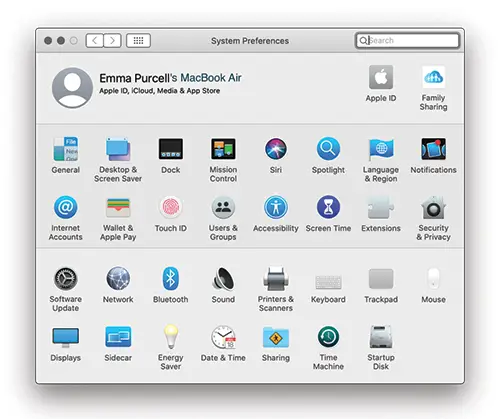
5 accessible ways to succeed working from home if you have a disability
Two years ago, the thought of working from home seemed an impossible idea for many companies and organisations. Now, because of the global pandemic, it has been proven that working from home is possible.
Our very own editor and writer Emma Purcell shares a post from her blog Rock For Disability, in which she shares 5 tips on how to succeed working from home.
I’ve been working from home pretty much since I left university six years ago. At the time, it wasn’t intentional. I did try seeking employment, working in an office, newsroom and/or media studio, but continued to be unsuccessful.
In the meantime, I blogged and worked with Disability Horizons at home. I then continued to secure other jobs with AccessAble, Access Rating and Purple Goat, all of which I can do from home too.
Therefore, I decided to go freelance and work from home full time. It is so beneficial for me because I save a lot of time and energy travelling and do not have to rely on PAs to accompany me.
Also, since the pandemic, employers have become more flexible with working from home and I’m starting to find the confidence to seek employment again too.
But how do you make a successful career working from home? Here I share five simple gadgets, tools and pieces of software that allow me to organise, plan, communicate and complete my work as a journalist.
iPad and MacBook Air

First of all, you must have good quality technology that enables you to access the internet, apps and other software.
I’m an Apple fan and rely on my iPad mini 4 and MacBook Air. I used to be a Windows girl, but after having my iPhone and iPad for a few years and becoming sick of ZoomText on my Windows 8 laptop, I switched to a MacBook.
I usually do most of my written work on my MacBook and then use my iPad to edit images and videos.
What I love about Apple is all the accessibility features are built-in, plus I can sync my work between all my devices.
Of course, you’re welcome to use other laptops and tablets, but this is my personal preference.
You can find out more about the Apple accessibility features by visiting my MacBook Air review.
Notes app
The Notes app on Apple devices is the greatest tool for organising work. I have to-do lists, content ideas, contact lists, meeting times plus much more.
It is such a simple tool and so useful for arranging all your work. It’s perfect for people who can’t write with a pen and also saves on paper.
It can also sync to all devices so you can take your notes everywhere and jot things down on the go.
Video calls
I was using video calls pre-Covid, but there are so many more uses for them now, whether that be team meetings, appointments, interviews, classes or just a social chat.
I’ve used Zoom, Windows Team Meetings, FaceTime and Skype, but I prefer to use Zoom.
I have meetings and training sessions with my colleagues at Disability Horizons, conduct interviews for my journalism work, attend masterclasses and even join the Spokz People Wellbeing Wednesday peer support sessions.
I’ve been able to attend events and meet people that wouldn’t have been possible without video calls.
Having video calls is such a vital tool in communicating with others when working from home and can save time and money on travelling, which means I don’t need to be accompanied by a PA.
This is a key element of working from home that I hope continues well after the pandemic is over.
Social media
Social media is another useful tool to communicate with individuals and organisations.
I’ve discovered many journalism masterclasses and webinars on Twitter and even came across the John Schofield Trust, a diverse newsroom, there too.
I also use Facebook to get case studies for specific news stories and get advice on freelance journalism. Plus, I’ve met and collaborated with fellow bloggers on Facebook groups.
Social media is a great networking tool to grow and advance your business working from home.
Bitrix24
Bitrix24.net is an online platform that allows you to contact colleagues and store documents, tasks, events and much more.
I use this tool specifically for my work at Disability Horizons. It’s basically our own virtual office where we use a chat function, share and store documents, arrange tasks for different team members and schedule meetings.
We have different chat groups for different projects, one-to-one messaging, an online drive to store various folders and documents and a calendar to schedule events and meetings.
I think this is a great tool for companies with a large team who are working from home as it enables them to still communicate and store work safely.
If Bitrix24 isn’t a viable option, you can always create WhatsApp groups and DropBox or Gmail drives to store work.
So, these are just some of the ways to have a successful career working from home. Do you work from home? What gadgets, tools and software do you use to access and complete work? Share your suggestions in the comments box or on Facebook and Twitter @DHorizons.
By Emma Purcell
More on Disability Horizons…
- Business Without Barriers: online hub to support disabled entrepreneurs
- Disabled student journalist calls an innovative accessible course a “stepping stone to a career in journalism”
- Why time is so precious when you’re disabled
- 8 accessible products to help you enjoy arts and crafts if you have a disability